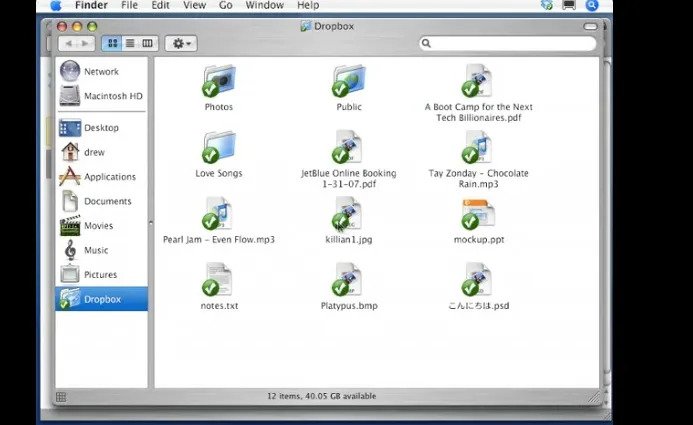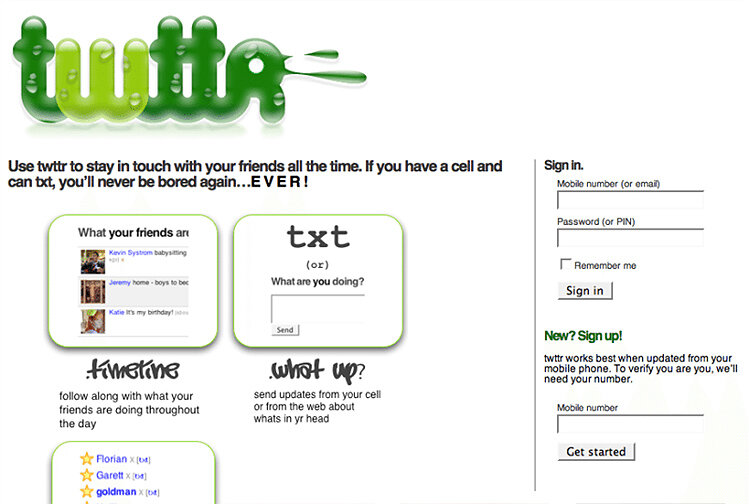Types of MVPs with Examples and Real Case Studies

The entrepreneurial world is full of jargon, but one term that consistently remains at the core of every startup conversation is the ‘Minimum Viable Product’ (MVP). An MVP is the most basic version of your product that solves a specific problem, allowing you to validate your idea and garner early feedback from users. In this article, we delve into seven unique types of MVPs: Video MVP, Concierge MVP, Wizard of Oz MVP, Product Mockup MVP, Explainer Video MVP, Single-Feature MVP, and Landing Page MVP.
Types of MVPs
1. Video MVP
The Video MVP is a type of MVP where entrepreneurs create a video demonstrating how their proposed product or service would work, even before building the actual product. This technique was famously used by Dropbox before its initial product launch.
A Video MVP typically includes a step-by-step demonstration of the product’s functionality and its key features, aiming to show potential users or investors how the product would solve a specific problem. The main advantage of a Video MVP is that it allows companies to explain their vision convincingly without the high costs and time associated with building a physical product. This approach can quickly test the viability of a product idea and attract early adopters or funding.
2. Concierge MVP
The Concierge MVP is an approach where you manually do what your product will do automatically in the future. In this method, every process is manually executed by the startup team behind the scenes, mimicking the results the product would deliver.
This type of MVP enables entrepreneurs to provide a high-touch, customized service to their initial users. It allows them to understand their users’ needs in-depth, gather valuable insights, and refine their solutions based on the feedback. An example of this MVP model is the early version of the food delivery service, Food on the Table. They started by personally helping users plan meals and do grocery shopping, eventually automating these services as they understood their customers’ needs better.
3. Wizard of Oz MVP
The Wizard of Oz MVP, also known as ‘Flintstoning’, is similar to the Concierge MVP, but with one crucial difference: users believe they are interacting with a functional, automated system when, in reality, there are people manually executing the tasks behind the scenes.
The term comes from the famous movie ‘The Wizard of Oz,’ where the ‘Wizard’ is a regular man behind a curtain, controlling a larger-than-life projection. This method is all about creating the illusion of a fully functional product, allowing startups to validate their product concept without investing in developing the actual technology. Zappos, the giant online shoe retailer, began as a Wizard of Oz MVP. The founder posted pictures of shoes online and bought them from local stores when someone made a purchase, validating the online demand for buying shoes.
4. Product Mockup MVP
A Product Mockup MVP is a visual or graphical representation of the product. It’s created to give potential users a taste of what the final product will look like, providing a sense of the design and user interface. It doesn’t offer any functionality, but it effectively communicates the product’s look and feel, which can be essential for products where aesthetics and user experience play a significant role. An advantage of a Product Mockup MVP is that it allows startups to collect early feedback on design elements before investing heavily in development.
5. Explainer Video MVP
An Explainer Video MVP is similar to a Video MVP, but it typically takes the form of a shorter, often animated video that succinctly communicates the problem that the product solves and how it does so. This approach can be highly engaging and easily shareable, making it useful for generating buzz and attracting potential users or investors. Dropbox’s early explainer video, which significantly boosted their waiting list, is a prime example of this MVP type’s effectiveness.
6. Single-Feature MVP
A single feature MVP is a version of your product that offers just one core feature – the one that solves the main problem your product addresses. This MVP type helps test whether that single feature is compelling enough to attract users. This method is beneficial for products where one key feature forms the backbone of the product’s value proposition. For example, when Twitter started, it was just a platform for sharing short status updates – a single-feature MVP that found tremendous success.
7. Landing Page MVP
A Landing Page MVP is a simple web page that describes your product’s value proposition. It is designed to gauge interest and gather leads before you fully develop and launch your product. A Landing Page MVP will often include an overview of the product, its benefits, and a call-to-action (CTA) for visitors to sign up for updates or pre-order the product. Buffer, a social media scheduling tool, started as a Landing Page MVP, collecting sign-ups even before the product was built.
In conclusion, these types of MVPs are about testing hypotheses, understanding users’ needs, and reducing risks before committing significant resources to building a full-fledged product. Each of these MVP types has its pros and cons and depends on the nature of your product, your resources, and your market. Carefully consider which approach will be most effective for your unique situation to maximize your chances of startup success. No matter which MVP you choose, your goal remains the same – to validate your idea, learn about your customers, and build a product that fits the market.
Choosing the Right Type of MVP
Choosing the right type of MVP depends on 2 main factors:
- Nature of the Product
- Market Understanding
Nature of the Product
The nature of your product plays a crucial role in determining the most suitable type of MVP. The goal should indeed be to start the feedback loop and learning process with as little investment of time and resources as possible. This concept is closely aligned with the principles of the Lean Startup methodology, which emphasizes learning and agility over elaborate planning.
Let’s delve into two contrasting examples I mentioned – Dropbox and Twitter – to illustrate how the nature of the product influences the MVP choice.
Dropbox: A Case for Video MVP

When Dropbox first started, the concept of storing and sharing files in the cloud was not widely understood. Describing the product’s benefits through text might have been confusing to potential users, as the concept was quite novel at the time. Therefore, a Video MVP was the perfect choice.
The Dropbox team created a simple video that demonstrated how the product works and its key benefits. The video showed how easily files could be synced across different devices and shared with others – all by using the Dropbox app.
A Video MVP was particularly effective in this case due to the visual and interactive nature of the product. Seeing the product in action made it easier for potential users to grasp the concept and understand its value proposition. Dropbox didn’t need to build a fully-functional product to validate the idea; the Video MVP was enough to kick start the feedback loop and attract early adopters.
Twitter: A Case for Single-Feature MVP

When Twitter was launched, it was a unique product with a very simple core feature – sharing short status updates. In this case, a Single-Feature MVP was the most logical choice to validate the product idea. The Twitter team didn’t create an elaborate platform with multiple features. Instead, they focused on doing one thing well – enabling users to quickly and easily share what they were doing or thinking in a concise format.
A different type of MVP, such as a Video or Concierge MVP, would not have worked for Twitter. A video wouldn’t have allowed users to experience the immediacy and simplicity of tweeting, and a Concierge MVP would not have been practical or scalable given the nature of the service. By choosing a Single-Feature MVP, Twitter could quickly get their product into users’ hands and start the feedback loop.
In both these examples, the nature of the product dictated the choice of MVP. The critical lesson here is to match your MVP to your product’s characteristics. This approach will ensure you can efficiently validate your product idea and start learning from your users as quickly as possible.
Market Understanding
Understanding the market is paramount when deciding which MVP to build. If you’re entering a new market, you’re treading on uncharted territory. In such situations, you need to learn as much as possible about the target audience, their preferences, pain points, and the potential demand for your product. This knowledge directly informs the product design, feature development, and marketing strategy. Building the wrong type of MVP can lead to significant mis-investment, as you could develop features that the market doesn’t value or need.
Food on the Table: A Case for Concierge MVP
Consider the example of Food on the Table. When they first started, the concept of a personalized meal planning and grocery shopping app was fairly new. To validate their idea and understand customer needs, they chose to build a Concierge MVP. The team started by personally helping users plan meals and do their grocery shopping.
This hands-on approach provided a wealth of insights. They could directly observe their customers’ pain points, dietary preferences, shopping habits, and price sensitivities. They could also experiment with different service elements to see what customers value most. For example, they might find out that some customers value a diverse meal plan more than cost-saving recommendations or vice versa. These insights helped shape the app’s features, ensuring it offered genuine value to the users.
As they gathered more information about their customers, Food on the Table began automating the services that they initially performed manually. By the time they launched their app, they had a clear understanding of what their customers wanted, which led to a successful product-market fit.
Remember, the purpose of an MVP is to learn as much as possible about your users and their needs with the least amount of effort and resources.
With this end goal in mind, choose the MVP type that makes the most sense for you. Rely on a product development company for approaches that will help you get funding with an MVP that validates your idea.



